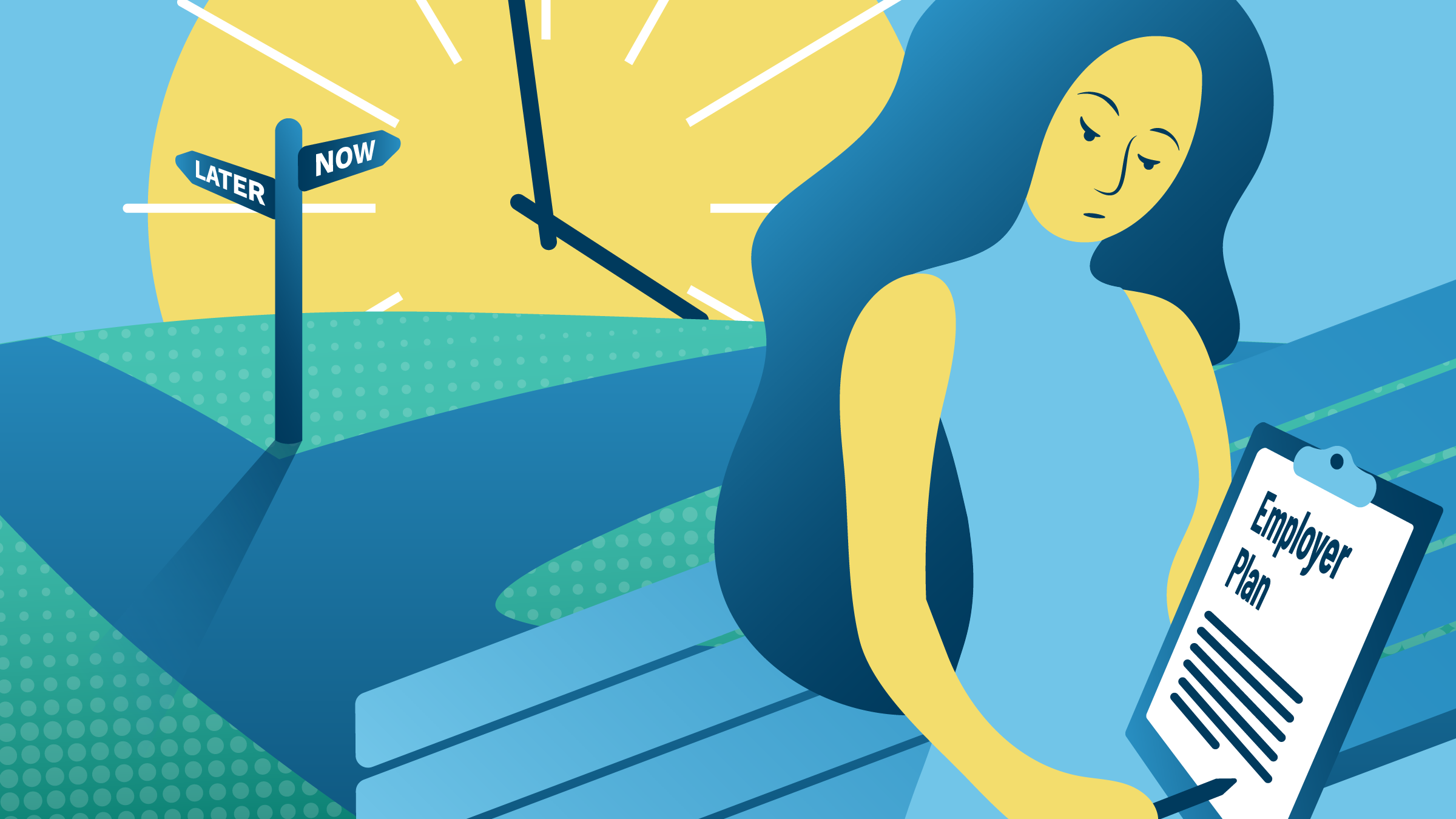Concerned that Americans aren’t saving enough for their retirement years, Congress recently enacted a major overhaul of the country’s retirement programs, encouraging companies to offer annuities, providing a path for small companies to offer 401(k)s and, among other measures, easing contribution caps and withdrawal requirements on individual retirement accounts.
These reforms may help, but scholars caution that how people will respond when faced with more choices for retirement savings programs remains unclear. Researchers don’t fully understand what shapes the decisions people make about saving in general, and retirement saving in particular.
One thing that is clear is that retirement plan defaults—the outcomes or actions that will occur if employees make no choice—are a powerful factor in retirement savings behavior. A comprehensive survey of retirement programs in several nations, including the United States, concludes that default settings “have a tremendous impact on savings outcomes … at every stage of the savings life cycle.” Employers, or the government, can set a default for plan participation, contribution rates, or asset allocations, for example, and employees overwhelmingly tend to follow that default—swayed by (or succumbing to) whatever choice the default ensures.
The power of defaults
Theorists have offered many explanations for the power of defaults: perception of the default as endorsement; procrastination due to “present bias” (the tendency to repeatedly expect your future self to act more responsibly than your present self); high transaction costs; and others.
But “while these arguments are compelling,” writes University of Minnesota economist Aaron Sojourner in a working paper from the Opportunity & Inclusive Growth Institute (iwp 26), “why defaults work and for whom are they most influential is ultimately an empirical question (emphasis added).”
Is the tendency to follow defaults an individual trait that changes little under different savings program designs, or does default behavior vary according to the way choices are offered—the manner in which a decision is presented or the specifics of the default? In short, what mechanisms explain savings choices? And does their effectiveness vary according to the design of the retirement program?
Sojourner, an Institute visiting scholar, and his four colleagues address those questions by analyzing the retirement savings plan of a large U.S. employer and empirically assessing the power of potential explanatory mechanisms. They examine the relationship between choices and individual characteristics under two retirement savings systems, one that automatically enrolled employees in the plan and another that required employees to actively opt in.
The economists discover that individual characteristics do indeed matter, but which characteristic best predicts accepting the default option depends on the type of system.
Different default, different trait
First consider an automatic enrollment plan, where the company signs up all employees to make retirement contributions from each paycheck as soon as they’re hired, unless an employee actively objects. Under this system, the economists find, an employee’s level of present bias is the strongest predictor of whether she or he passively accepts the default instead of making an alternative choice.
What, again, is present bias? Sojourner says the concept is essential to grasping why some people save and others don’t. “People with strong present bias consistently plan to do better tomorrow,” he explains. “They’ll start saving, stop smoking, exercise more, et cetera, tomorrow. They could, of course, start doing those things today, but they don’t. And they honestly but mistakenly believe that tomorrow they’ll make the choice they believe is better for them. Present bias is sincere, well-intentioned procrastination.”
In an opt-in system, by contrast, they find that financial literacy—not present bias—plays the most important role. If the default is for employees to make no retirement contribution, so they have to actively opt in to participate, financial literacy matters more than present bias. Employees with higher levels of financial knowledge are more likely to sign up for the retirement plan.
“The results suggest that the characteristics of those who follow the default are not fixed,” write the authors, “but differ based on the underlying default.”
The policy implication: Methods that increase financial literacy and that decrease the influence of present bias by eliminating obstacles to active choice are likely to increase savings and economic well-being. Interventions need to be situation-specific. As Sojourner and colleagues conclude, “Our results suggest that interventions may need to vary based on the terms of the default.”
Methods
The study reaches these conclusions through quantitative analysis of data on retirement choices made in 2017 by nearly 1,400 employees of the U.S. Office of Personnel Management (OPM). The financial data are combined with responses to a survey of these same employees about relevant personal characteristics such as present bias, “exponential-growth” bias (tendency to underestimate the impact of compound interest), and general financial literacy. The economists control for salary, education, age, race, gender, and other demographics and look specifically at employee behavior related to the Thrift Savings Plan (TSP), a defined contribution plan for federal workers.
The analysis measures how personal characteristics predict a variety of retirement contribution actions, including staying at the default rate, maxing out contributions to the annual limit, and reaching the employer match contribution, among others. And it looks at behavior under the two regimes: auto-enroll and opt-in, by taking advantage of a major change in the 2010 TSP default.
Prior to Aug. 1, 2010, OPM employees had to actively enroll in (opt into) the TSP if they wished to participate. Employees hired after that date were automatically enrolled at a default rate of 3 percent of salary unless they actively chose to do something else. Comparing behavior before and after the change date provides the economists with the needed regime contrast.
The results are clear. Under auto-enrollment, individuals with more present bias were more likely to remain at the default rate, less likely to meet the annual contribution limit, and have lower total contributions. Under opt-in, lower financial literacy is associated with the same: higher probability of staying at the default, less likelihood of meeting the contribution cap every year, and lower annual contributions.
As an example, a standard deviation (a measure of variation in data) increase in financial literacy was associated with a nearly $700 or 8 percent increase in annual TSP contributions under the opt-in regime. But when auto-enrollment began in August 2010, lower present bias became more important: A comparable change in the metric for present bias (indicating less present bias) was associated with a $369 or 7 percent increase in contributions.
Conclusion
The research, now published in the Journal of Economic Behavior and Organization, indicates that people’s individual characteristics determine how they’ll respond to program defaults, and the trait that matters most depends on the type of default. This suggests that retirement savings plans—including those recently called for by Congress—should account for such variation, and policy interventions should aim to increase financial literacy and reduce present bias among workers.






